Animals are loved by nearly everyone in the world, yet humans are the biggest threat to their survival. Every single one of the animals on this list is not only rare, but also critically endangered or “just” endangered. The low population of these rare animals is primarily due to habitat loss, hunting, or accidental death caused by human activities. While conservationists have successfully bred some of these animals, others are not so lucky and are on the brink of complete extinction. Hopefully, with more awareness, including the information on this list, we can see some of these rare animals recover in the future.
Black-footed Ferret
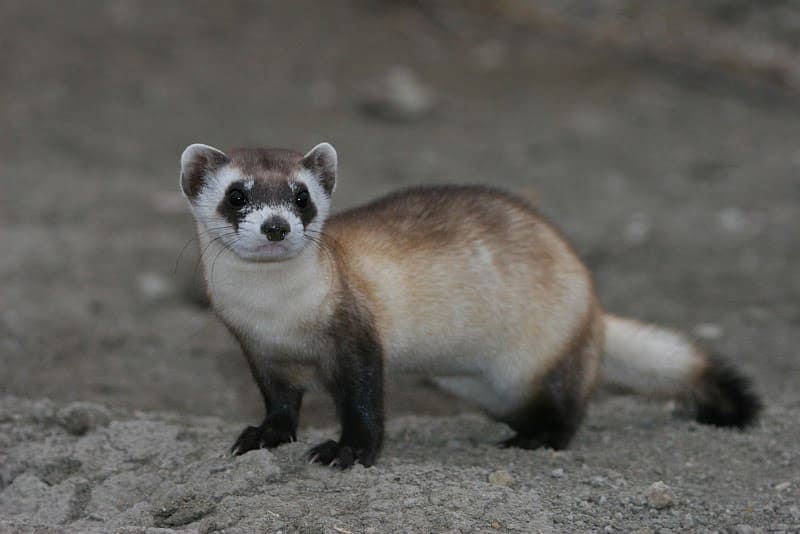
Estimated Number of Mature Individuals: 300 to 400 in the wild; many bred in captivity and released to the wild each year
Location: Arizona, Wyoming, South Dakota, and Montana, USA; previously native to the Great Plains of North America
Current Conservation Status: Endangered
Scientific Name: Mustela nigripes
The Black-footed Ferret is often touted as a conservation success story as the species has come back from extinction status twice through the efforts of conservationists. Originally, the Black-footed Ferret was native to the Great Plains of North America and ranged from southern Canada to northern Mexico. However, the population of the Black-footed Ferret sharply declined throughout the 20th century and was declared extinct in 1979. A few years later, in 1981, the Black-footed Ferret was re-discovered by a dog in Wyoming. That remaining population only survived until 1987 and the Black-footed Ferret was extinct in the wild again. Since then, a captive breeding program was launched by the United States Fish and Wildlife Service and thousands of Black-footed Ferrets were re-released in Arizona, Wyoming, South Dakota, and Montana throughout the last few decades. While, the program has mostly been a success, recent updates only put the wild Black-footed Ferret population between 300 to 400 individuals.
Addax
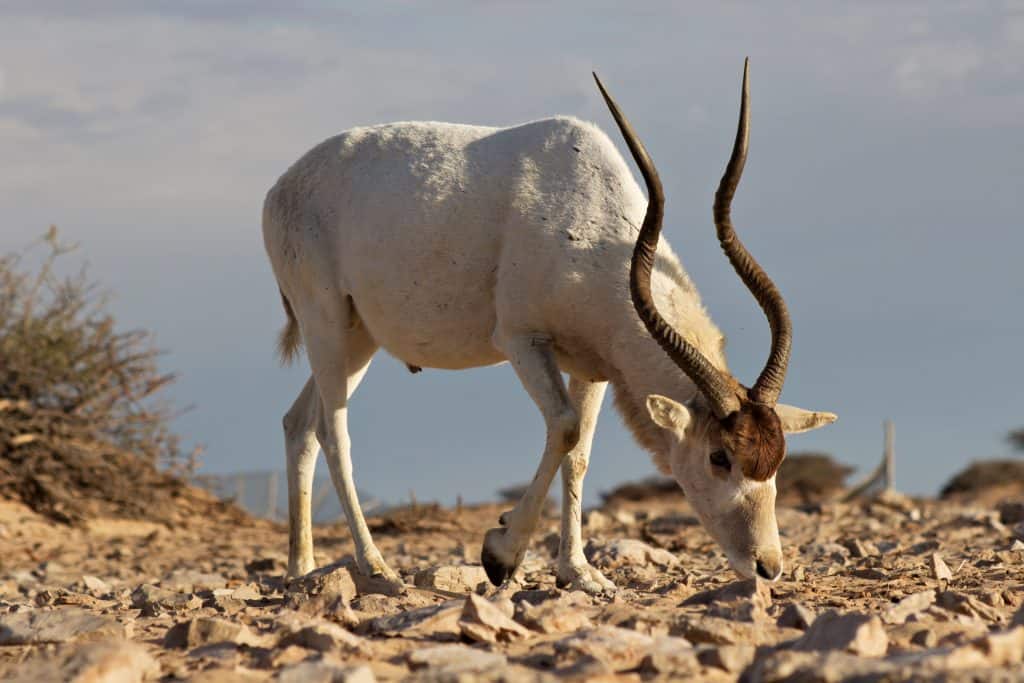
Estimated Number of Mature Individuals: between 30 to 90 in the wild (possibly as few as three); more than 2,000 in captivity
Location: Sahara Desert
Current Conservation Status: Critically Endangered
Scientific Name: Addax nasomaculatus
The Addax or white antelope is on the verge of extinction in its wild habitat of the Sahara Desert, with the size of the wild population ranging from 30 to 90 mature individuals. However, there are a number of successful breeding programs around the world, and while you most likely won’t catch a glimpse of an Addax in the wild, you might just see one of the thousands in captivity at your local zoo. In the past, the Addax was common in North Africa, native to Chad, Mauritania, Niger, Algeria, Egypt, Libya, Sudan, and the Western Sahara. Wild Addax populations have been in severe decline due to unregulated hunting. In recent years, with the success of breeding programs, Addax have been reintroduced to Morocco and Tunisia on wildlife preserves.
Northern Bald Ibis
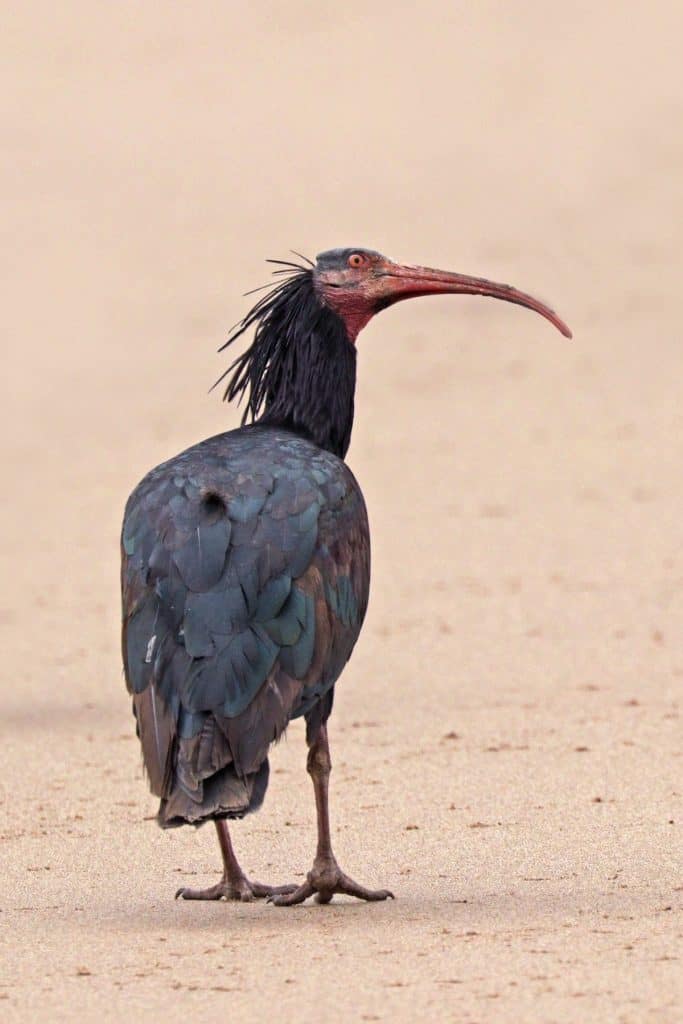
Estimated Number of Mature Individuals: less than 250 in the wild; over 1,000 in captivity
Location: Southern Morocco and Syria; previously also found throughout Europe, North Africa, and other parts of the Middle East
Current Conservation Status: Endangered
Scientific Name: Geronticus eremita
The Northern Bald Ibis is one of the rarest birds in the world, with fewer than 250 mature individuals remaining in the wild. For several decades, the Northern Bald Ibis was considered critically endangered, but successful conservation efforts over recent years has helped downgrade the species status to endangered – there are over 1,000 Northern Bald Ibises in captivity. Today, most of the wild population of Northern Bald Ibises live in Morocco with a few possibly left alive in Syria. The Northern Bald Ibis has been regionally extinct in Europe for over 500 years, but reintroduction programs are currently underway.
Cross River Gorilla
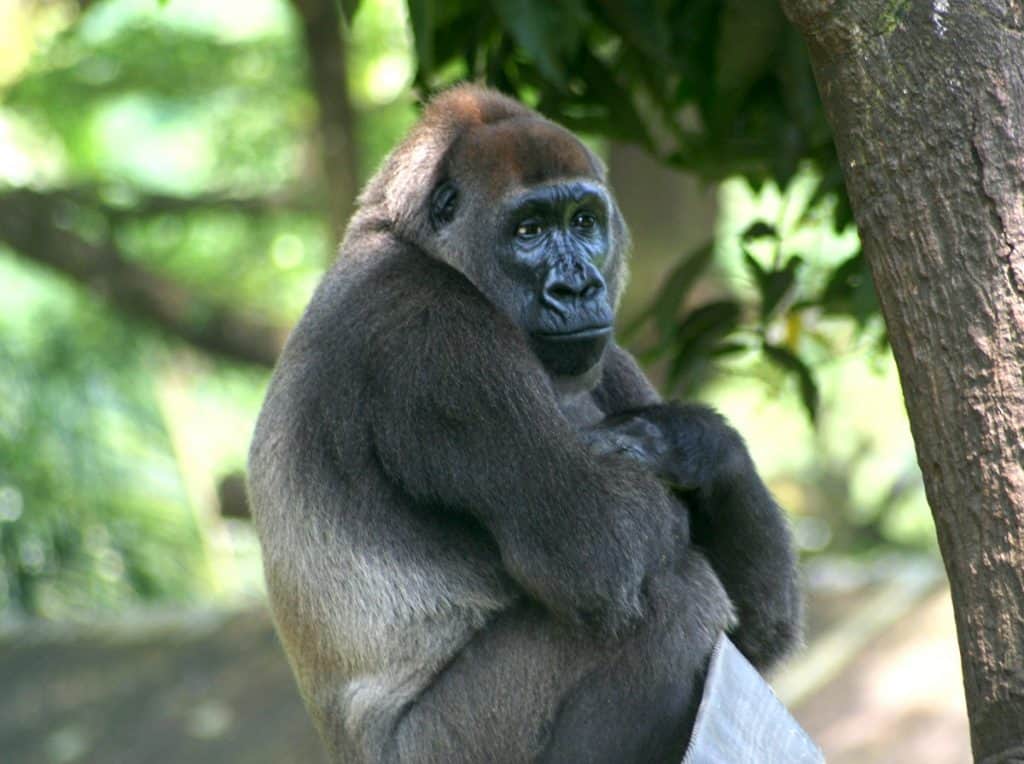
Estimated Number of Mature Individuals: less than 250 in the wild; one known in captivity
Location: Forested hills and mountains of the Cameroon-Nigeria border region at the headwaters of the Cross River (Nigeria)
Current Conservation Status: Critically Endangered
Scientific Name: Gorilla gorilla diehli
While all Gorilla and species are vulnerable, the Cross River Gorilla is unfortunately the most endangered great ape in the world. Unfortunately, the Cross River Gorilla, which was first noted in 1907, was largely ignored until it was too late (in 1987) and its population numbers were already low. Today, it is estimated that there are fewer than 250 Cross River Gorillas in the wild and only one known to be in captivity. The biggest threat to the survival of the Cross River Gorilla is habitat loss due to human activities. Also, the Cross River Gorilla is threatened by bushmeat hunting by locals. Due to the hunting, Cross River Gorillas are very fearful of humans and are very rarely observed.
Saola
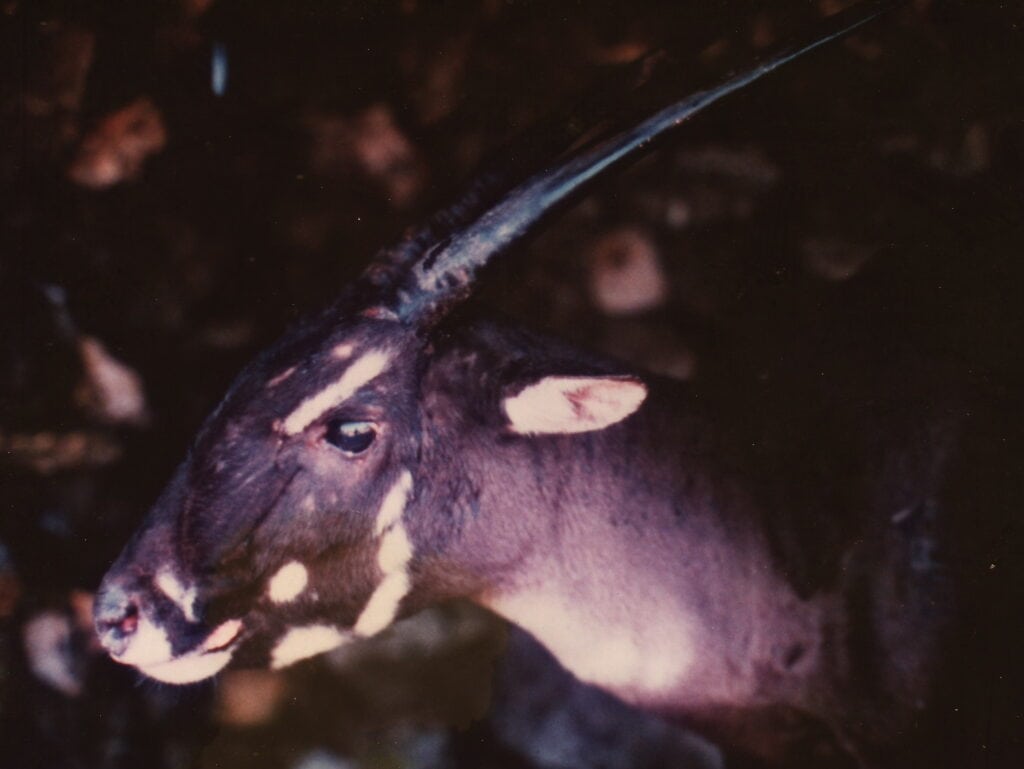
Estimated Number of Mature Individuals: Unknown for sure – population estimates range from 25 to 700, but believed to be actually fewer than 250; none in captivity
Location: Annamite Range of Vietnam and Laos
Current Conservation Status: Critically Endangered
Scientific Name: Pseudoryx nghetinhensis
Of all the animals on this list, none are as mysterious as the Saola, which has been aptly dubbed the “Asian Unicorn.” So little is known about the Saola that there is no real data on the elusive animal’s current population. Because the Saola has only been seen in the wild a handful of times since its remains were first discovered in 1992, population estimates wildly vary from as little as 25 individuals to as many as 750. However, researchers believe that the Saola population is much lower, and most likely fewer than 250. Researchers have tried to keep Saolas in captivity a few times, but each of these captive Saolas eventually died. This has led conservationists to believe that Saolas cannot survive captivity and thus a breeding program can’t be established.
Amur Leopard
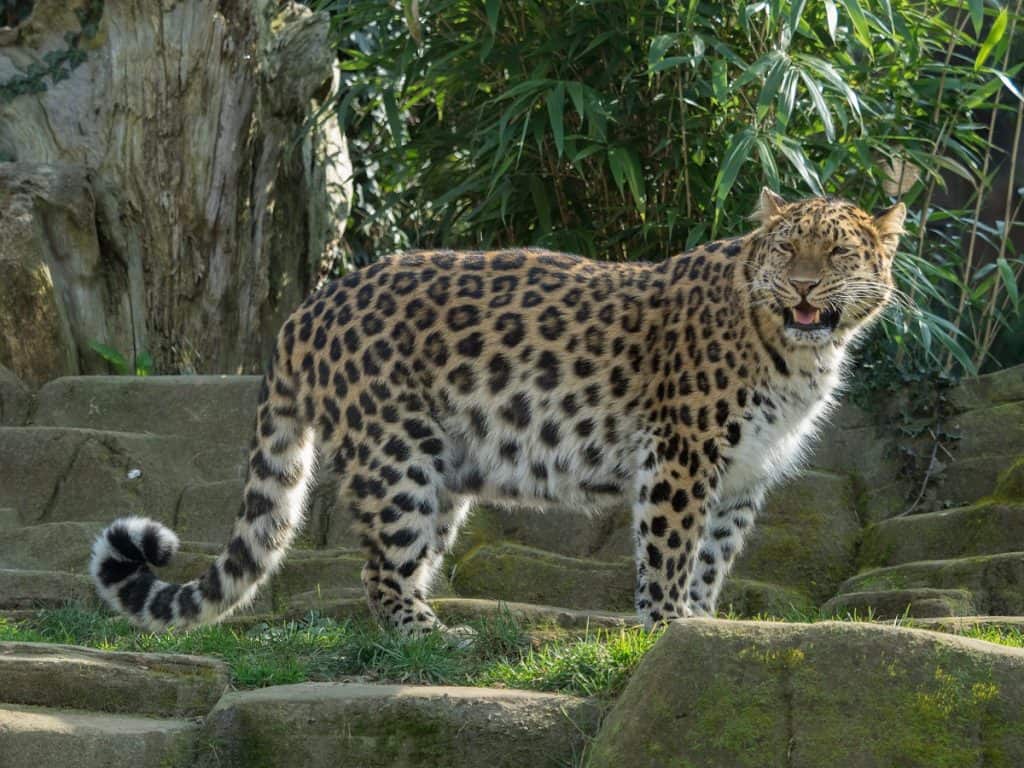
Estimated Number of Mature Individuals: less than 100 in the wild; about 170 to 180 in captivity
Location: Primorye region of southeastern Russia and northern China
Current Conservation Status: Critically Endangered
Scientific Name: Panthera pardus orientalis
While many big cat species are facing declining numbers around the world, one of the rarest and most endangered is the Amur Leopard. It is estimated that there are fewer than 100 individuals (about 84 to be more exact) left in the wild. Amur Leopards mostly reside in the Amur River basin of eastern Russia with a few scattered in the northern part of China. Amur Leopards have relatively long lifespans, living for about 10 to 15 years in the wild and 20+ years in captivity. Unfortunately, like all the animals on this list, the Amur Leopard population faces many threats, including habitat destruction, illegal poaching, conflicts with humans, and a lack of genetic variation – since there are so few Amur Leopards left, there is a lot of inbreeding, which results in weaker offspring.
Philippine Crocodile
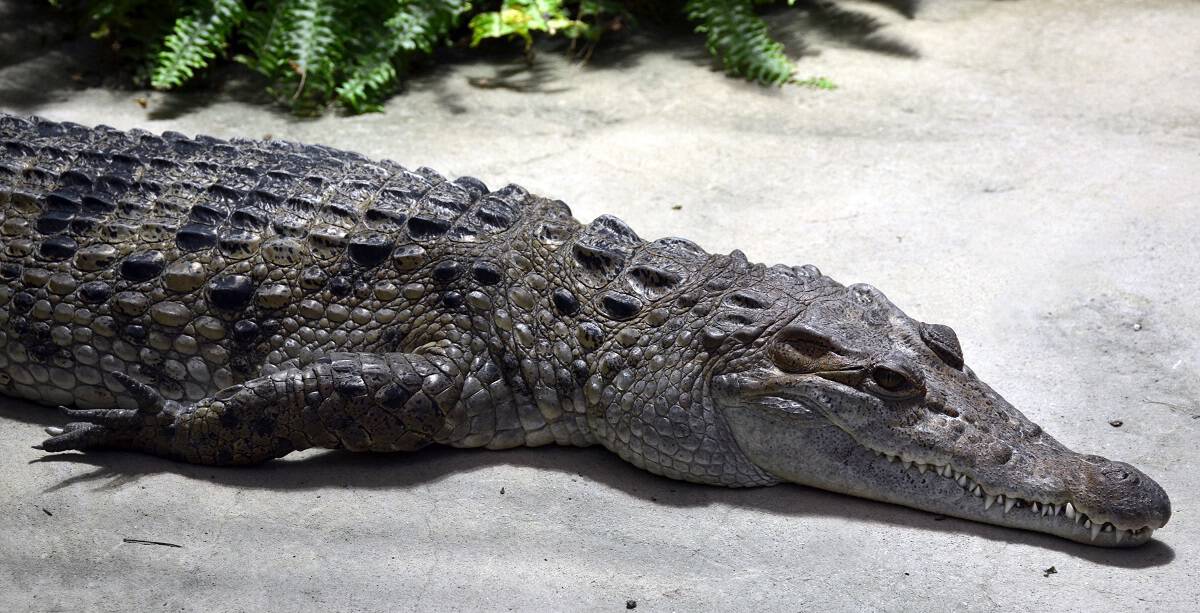
Estimated Number of Mature Individuals: less than 100 in the wild; very few in captivity
Location: fragmented habitats on the islands of Dalupiri, Luzon and Mindanao in the Philippines
Current Conservation Status: Critically Endangered
Scientific Name: Crocodylus mindorensis
The Philippine Crocodile is considered to be the most threatened crocodile species in the world, with fewer than 100 left in the wild and very few in captivity. In the past, the Philippine Crocodile was found all across the island nation, but currently only found in small, fragmented habitats on the islands of Dalupiri, Luzon, and Mindanao. The Philippine Crocodile population has been severely impacted by hunting and habitat destruction. Another thing hurting the Philippine Crocodile is public perception. The crocodiles have been labeled as man killers/eaters by the local populace and have been killed for this negative view. However, in recent years, conservationists have been working to change public perception and have successfully bred and released Philippine Crocodiles into protected habitat sites.
Sumatran Rhino
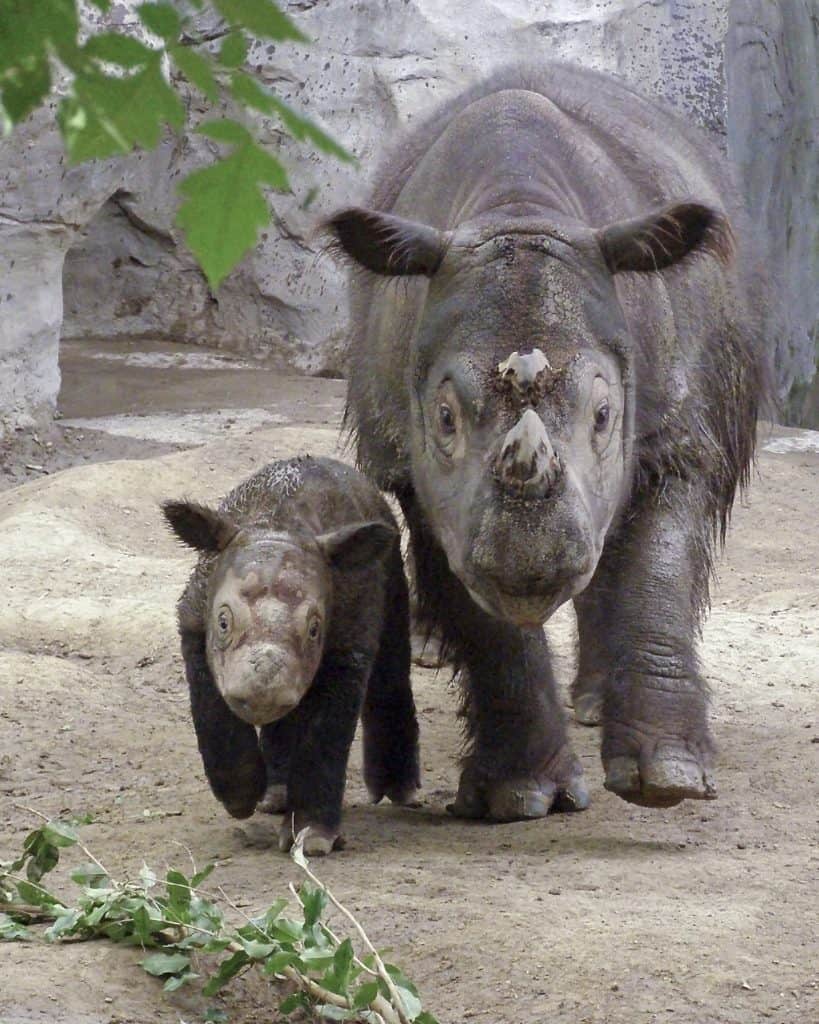
Estimated Number of Mature Individuals: less than 100 in the wild; very few in captivity
Location: Sumatra and Borneo (used to be found in India, Bhutan, Bangladesh, Myanmar, Laos, Thailand, Malaysia, other parts of Indonesia, and China
Current Conservation Status: Critically Endangered
Scientific Name: Dicerorhinus sumatrensis
The Sumatran Rhino or the Asian Two-horned Rhino is recognizable by its hairy appearance is the rarest of the five remaining species of rhinoceros. Scientists estimate that there are fewer than 100 Sumatran Rhinos in the wild, with some saying there could be as little as 30 wild Sumatran Rhinos left. It is believed that Sumatran Rhinos have been a fairly vulnerable species for the past 9,000 years when a climate shift took place in their natural habitat. Since then, Sumatran Rhinos have failed to bounce back and face even more threats today. While there has been some success with breeding Sumatran Rhinos in captivity, in general, they have a hard time surviving outside of their natural ecosystem. Currently, there are still a few captive Sumatran Rhinos.
South China Tiger
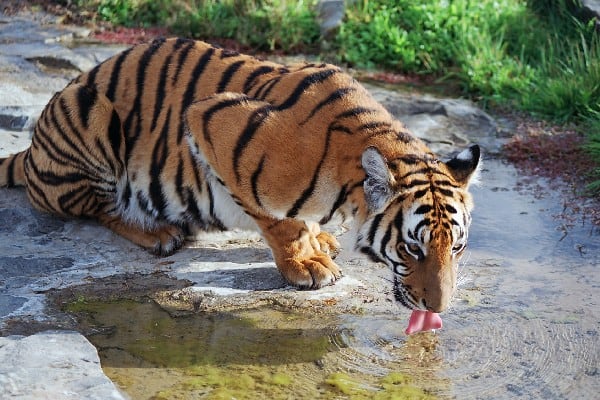
Estimated Number of Mature Individuals: believed to be extinct in the wild; less than 100 in captivity
Location: Southern China
Current Conservation Status: Critically Endangered
Scientific Name: Panthera tigris tigri
The South China Tiger (also known as the Amoy tiger, South Chinese, Chinese and Xiamen tiger) is unfortunately the most threatened and vulnerable tiger species in the world. Scientists have declared that the South China Tiger is functionally extinct in the wild and has not been seen outside of captivity in more than 25 years. While there are no wild South China Tigers left, thankfully there are about a hundred or so in captivity as part of breeding programs in China. In 2007, the first South China Tiger was born outside of China at the private reserve known as Laohu Valley Reserve in South Africa. More tigers have been born at Laohu Valley since then.
Vaquita
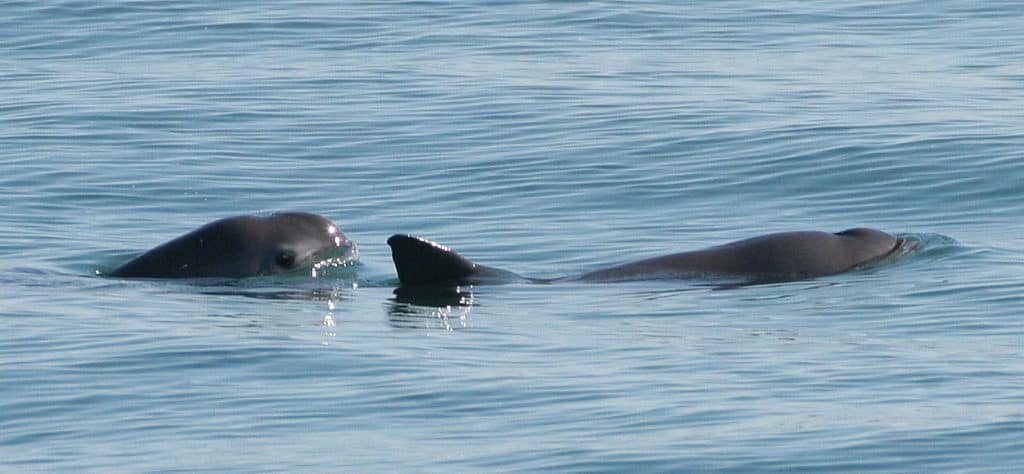
Estimated Number of Mature Individuals: about 10 in the wild (possibly between 6 and 22); none in captivity
Location: Northern part of the Gulf of California
Current Conservation Status: Critically Endangered
Scientific Name: Phocoena sinus
The Vaquita is currently the rarest animal in the world, and quite possibly the most endangered, with only about 10 individuals left in the wild. That estimate comes from a report published by the IUCN in early 2019 that stated that only about 10 vaquitas remained alive in 2018, as per an acoustic monitoring program conducted in the Gulf, though there is a 95% chance they number between 6 and 22. Since the Vaquita was first discovered in 1958, its numbers have always been pretty low. Vaquitas are the smallest species of porpoise and easily get caught in gillnets (nets that catch fish by their gills) used by illegal fishing operations. Also Vaquitas have such a small population because they are only found in one area of the world, the northern part of the Gulf of California. Additionally, there are no Vaquita in captivity and there is currently no successful breeding program to help bring their numbers back up.
This article originally appeared on Rarest.org.
More from Rarest.org
The 20 Rarest Cichlids in the World
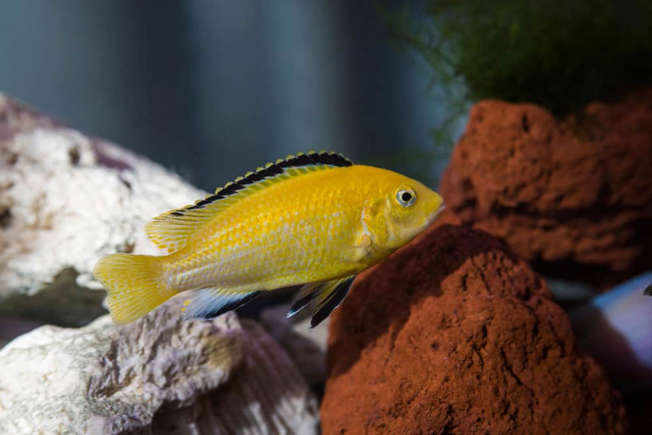
Discover the mesmerizing world of rare cichlids, where vibrant colors and unique behaviors converge in aquatic marvels found in some of the most remote corners of the globe. Dive into this article to uncover the stories behind the rarest Cichlids in the World, showcasing nature’s diversity at its finest. Read More
15 Most Expensive Purebred Dogs Ever

rom majestic Tibetan Mastiffs to elegant Salukis, the demand for purebred dogs with exceptional lineage and desirable traits has driven prices to astonishing heights. Let us explore the world of 15 most expensive purebred dogs, delving into the reasons behind their high costs, their remarkable qualities, and the enduring allure that makes them prized possessions for discerning dog enthusiasts worldwide. Read More
10 Rarest Cattle Breeds in the World
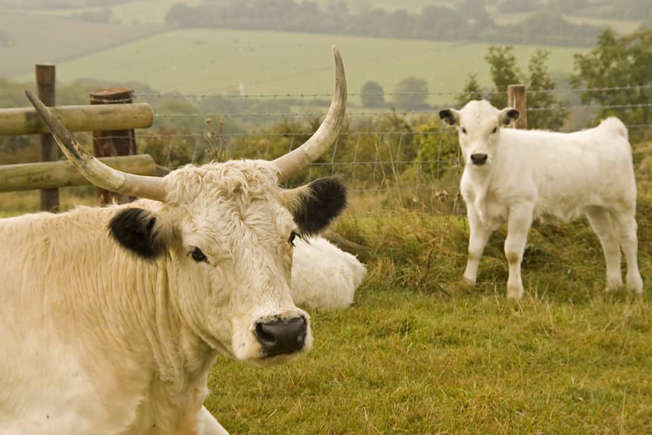
Known for their striking appearance, these cattle feature white coats with black points and distinctive lyre-shaped horns. They are prized for their hardiness, adaptability, and ability to thrive in harsh environments. Read More
